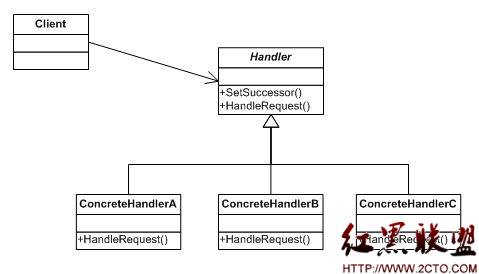Minimum Depth of Binary Tree
Given a binary tree, find its minimum depth.The minimum depth is the number of nodes along the shortest path from the root node down to the nearest leaf node.
cpp code : 暴力求解,递归到每一个叶子节点,记录深度,然后维护一个最小的值即可。此算法效率不高,若存在一个叶子节点很矮,而其他叶子节点很深的情况,需要遍历到所有深的结点。
/**
* Definition for binary tree
* struct TreeNode {
* int val;
* TreeNode *left;
* TreeNode *right;
* TreeNode(int x) : val(x), left(NULL), right(NULL) {}
* };
*/
class Solution {
public:
int minDepth(TreeNode *root) {
// Note: The Solution object is instantiated only once and is reused by each test case.
if(root == NULL)
return 0;
int depth = INT_MAX;
int tmp = 1;
recursion(root, tmp, depth);
return depth;
}
void recursion(TreeNode *root, int tmp, int &depth)
{
if(root->left == NULL && root->right == NULL)
{
if(tmp < depth)
depth = tmp;
return ;
}
if(root->left)
{
recursion(root->left, tmp + 1, depth);
}
if(root->right)
{
recursion(root->right, tmp + 1, depth);
}
}
};
比较高效的做法是:使用层序遍历二叉树,遇到叶子节点即返回深度。
java code :
/**
* Definition for binary tree
* public class TreeNode {
* int val;
* TreeNode left;
* TreeNode right;
* TreeNode(int x) { val = x; }
* }
*/
public class Solution {
public int minDepth(TreeNode root) {
// Note: The Solution object is instantiated only once and is reused by each test case.
if(root == null)
return 0;
Queue<TreeNode> que = new LinkedList<TreeNode>();
que.add(root);
que.add(null);
int level = 1;
while(true)
{
TreeNode cur = que.poll();
if(que.isEmpty())
break;
if(cur == null)
{
que.add(null);
level++;
continue;
}
if(cur.left == null && cur.right == null)
{
return level;
}
if(cur.left != null)
que.add(cur.left);
if(cur.right != null)
que.add(cur.right);
}
return level;
}
}
补充:软件开发 , C++ ,




